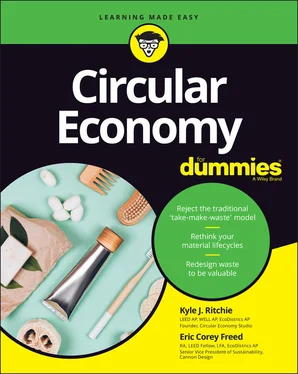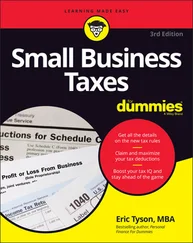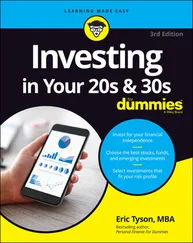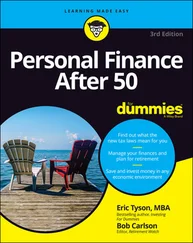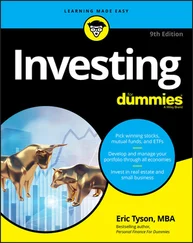Considering the proposed methods of a circular economy business model, it’s difficult to comprehend the reasons behind their delayed implementation on a global scale. It really does seem like common sense. Developing more durable products that last longer, increasing the repairability and customization potential of products, developing smarter material lifecycles and collection methods, recycling waste, and creating community sharing platforms are all methods that prepare businesses to respond to disruptions. On top of all this, implementing circular economy practices saves customers money, reduces waste, keep products in use longer, and allows the natural world to regenerate itself.
A whole range of companies is already implementing circular economy principles within their business processes — like Airbnb, General Motors, and Patagonia — which proves that the future of the global economy is circular. This is bad news for the business-as-usual approach to systems design. This linear approach will seem like anything but usual in the coming years. It makes sense that these industrial giants are adopting the essential principles of the circular economy now rather than later as the best approach to minimizing disruption down the road (even if, for some, it’s a somewhat bitter pill to swallow). Most of these industrial giants have had their moment of realization and acknowledge the opportunity behind turning waste into wealth.
Takes a lickin’ and keeps on tickin’
“They don’t make ’em like they used to.” Raise your hand if a grandparent shouted out that phrase every time a car or an appliance (or even you, when you somehow managed to strike out during T-ball) didn’t perform as expected. Although it’s a phrase we commonly use to mock older generations, unfortunately it’s incredibly accurate. Products are no longer designed and manufactured to last, and durability is rarely a performance priority for common products like plasticware. If you had a dollar for every plastic fork you have broken, you’d have enough to buy an actual silverware set. Though some products — like the plastic fork — are designed to be extremely cheap to make in order to maximize revenue, for other products, the lack of durability is deliberately a leading design influence. When you design products that can’t last, they won’t last and you’ll find yourself in a position where buying another one is the only option you have available. If products were built to last, what reason would the consumer have for acting as a repeat customer? They wouldn’t have one.
Designing a product that’s built to last — like Ford claims its vehicles are — will lead to happy clients, but designing a product with planned obsolescence built right into the product will lead to repeat clients if they lack better options to choose from. Planned obsolescence is the act of intentionally designing a product to have a limited lifespan and/or manufacturing a product that will eventually fail. There are many reasons a company would decide to minimize the durability of a product and instead focus on limiting its lifespan; here are a few examples:
The materials used to make the product are extremely cheap and allow the company to make a larger profit.
Tech support and spare parts may be made available for only a limited time and are eventually withdrawn for last year’s model.
The product might be updated with new features and technology that leave the customer with no choice but to purchase an upgraded product. One example is Apple and its infamous iPhone “Batterygate.” Apple found itself on the receiving end of public outrage when it revealed that the phone’s batteries had been designed to slow down as they aged. Apple claimed that this strategy was implemented as a means to preserve battery life, but customers weren’t satisfied with that answer. Because of this setting, Apple customers were indirectly forced to upgrade their phones to newer versions in order to maintain a high level of performance. Now, if users had been in a position to replace the battery themselves, this wouldn’t have been an issue. Unfortunately for the user, iPhone batteries can be changed only by Apple. This isn’t the only situation where the company has utilized planned obsolescence as a business strategy: The company’s sudden switch to the lightning charger made older-style chargers obsolete, which meant that if you bought a new phone, you also had to buy a new charger.
There’s no question why businesses choose to leverage the money-making abilities of planned obsolescence. Repeat business drives in the big bucks, and as long as you give the customer an enjoyable experience with a product, when that product fails, the customer will more than likely buy from the same company again because it’s familiar to them. But, unfortunately, the world is at the point where change needs to happen and the global economy needs to support products designed to be durable and to produce no waste, that can be repaired and used over and over again, and that can be controlled by their owners. The global economy needs to support products that can be rented rather than owned, remanufactured to be made new again, made available for those with low incomes, and constructed with materials that can be easily reintroduced into materials flows and made into new products. The circular economy can facilitate the development of this reality, but are companies and consumers aware of the value attached? Well, not all, but some do.
Durability and reparability policies
Improved durability and the incorporation of policies that empower the product owner to repair the products they own are two key principles missing from the modern economy. A product’s ability to be durable, reusable, repairable, upgradeable, and “remanufacturable,” for lack of a better term, begins at the design phase. This is where the greatest potential for material and cost savings can be embedded into the design of the product itself. By incorporating circular methods into the design of the product, manufacturers can greatly reduce the cost of raw materials required while also benefiting the end user by eliminating replacement costs. Although replacement costs may be substituted with repair costs, the cost of maintaining a product is much more affordable than buying a new product every time a single element fails. But what does durable really mean in this context? How do you define what’s durable? Because durability is relative to the product itself, its rate of use, and thousands of other variables, determining what makes a product durable is nearly impossible. You can see how this makes the development of durability policies difficult to produce and enforce.
Aside from that difficulty, one key strategy is associated with durability: repairability. The innate ability of a product to be maintained, repaired, customized, reused, and upgraded inherently makes it durable. Therefore, addressing durability will always require addressing repairability as well. But what’s the value of buying a repairable product if fixing it is nearly impossible? That’s a great question, my friend. On top of ensuring that the product has been designed to be repaired (and is therefore durable), manufacturers must make sure that spare parts, and the tools necessary to swap out those parts, are easy to acquire (both physically and financially). They must also ensure that the information or step-by-step guide required to make the repair correctly is readily available.
Although these two enabling conditions for repairability are critical, many manufacturers intentionally try to limit the number of sources who have access to the variety of parts and pieces required to properly repair their products. Building this customer dependability into products ensures that the range of competition is limited from the start and that the additional revenue associated with repair and replacement is directed back to the business rather than to its competitors. This is why, historically, the screws used in the Apple iPhone require a specialty drill bit to remove — not one typically sold in stores. Other strategies for limiting the repairability of products is to make the spare parts in older models incompatible with new models so that customers are required to purchase tertiary items to support their purchase of the primary product.
Читать дальше
